25 years of SOLARA
a success story with solar energy
Today, the use of solar energy is completely standard and general knowledge. For sailboats and motorhomes, a solar module has become a standard product. It is impossible to imagine life without it.
25 years ago, this was quite different. Although there was already a relatively large selection of solar modules, the benefits were unknown to most people. Hardly anyone could imagine that electricity could come from anything other than a socket. Self-generated electricity from solar cells seemed unrealistic, except for pocket calculators. The prevailing opinion was that the amount of sunshine at our latitude would not be sufficient and that the technology was not yet fully developed.
“Education was necessary and would already convince people of solar energy,” said Thomas Rudolph, founder of SOLARA.
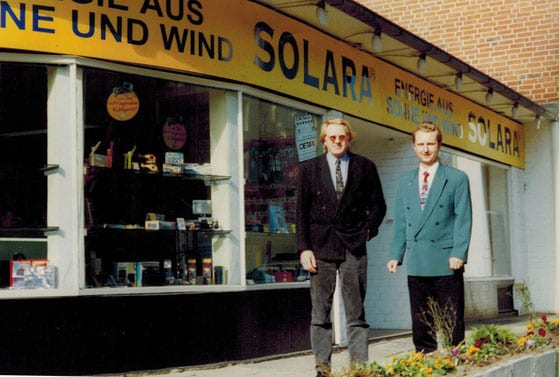
Hans Jacobs und Thomas Rudolph
Hans Jacobs and Thomas Rudolph in front of the first business premises of SOLARA - Energy from sun and wind
Today, the use of solar energy is perfectly normal and widely known. For sailboats and mobile homes, a solar module is now a standard product and it is impossible to imagine life without it. 25 years ago this was completely different …
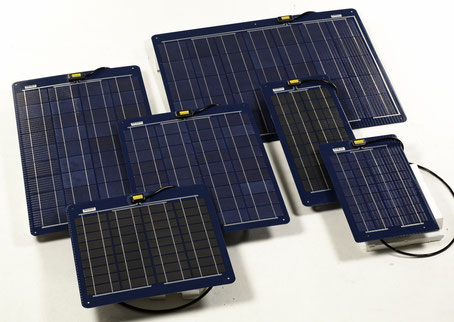
Erste SOLARA M-Serie
First SOLARA M-series
Sales start of the seawater resistant and walkable SOLARA M-series. First presentation at the international fair “Boot Düsseldorf”
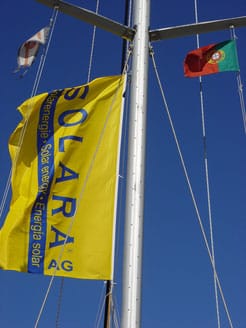
Solara AG Fahne
Conversion of the company into a stock corporation. Takeover of the Shell Solar representation for Northern Europe.
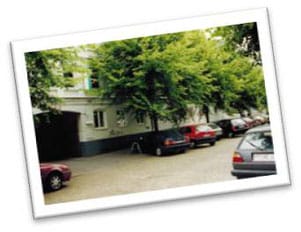
Geschäftsräume Hamburg-Altona
Office, exhibition and warehouse in Hamburg-Altona
First move to new business premises in Hamburg-Altona.
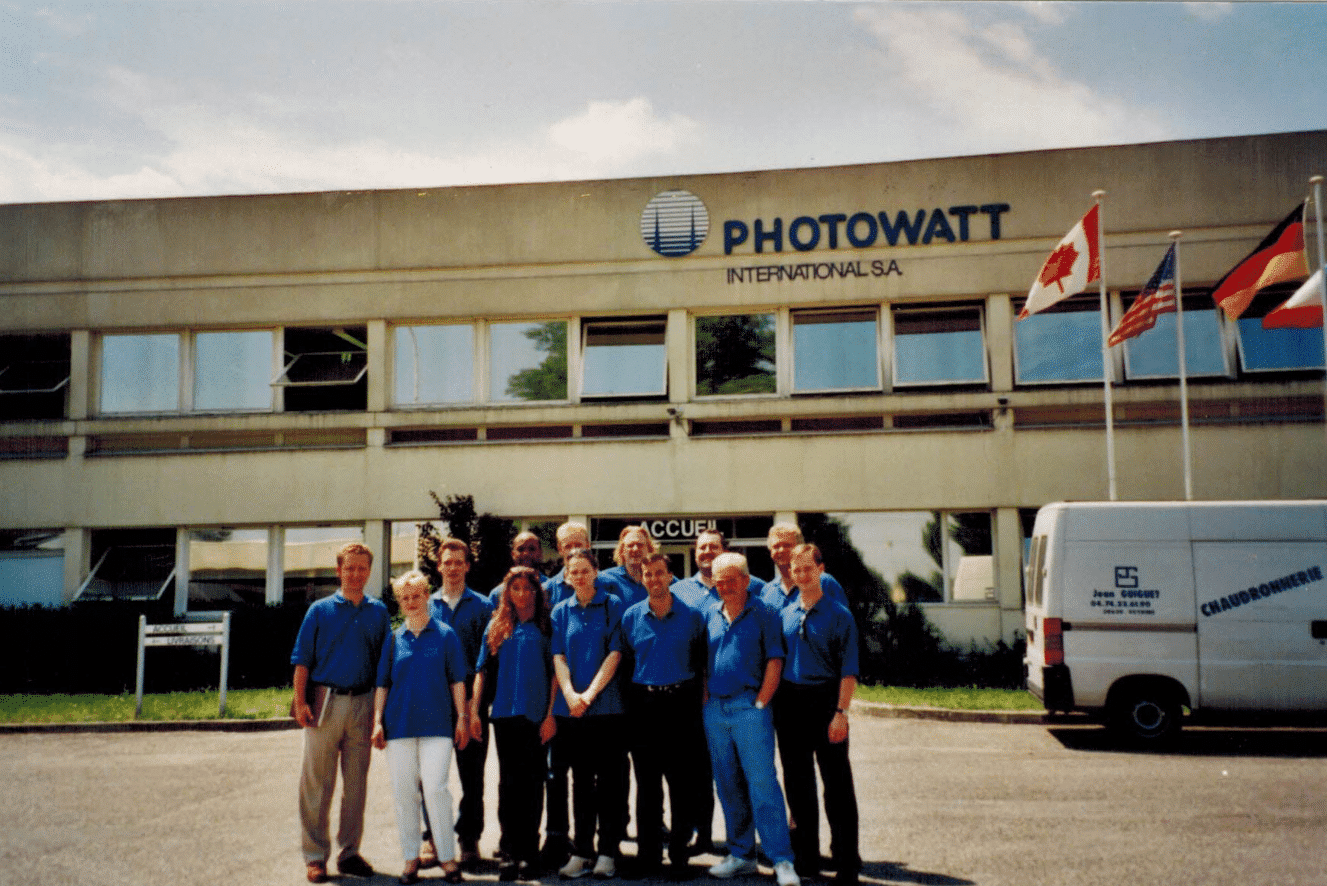
Mitarbeiter 1999
SOLARA employees (e.g. bottom row 4th from left Bozena Freijlich, back row 4th from left Frank Heise) and owner (left Thomas Rudolph, back row 5th from left Hans Jacobs) on a company outing to a production facility in France
SOLARA Team – Company outing to France to visit the then largest solar cell factory in Europe and subsequent weekend at the Club Mediterranean in the Alps.

Solara-Logo
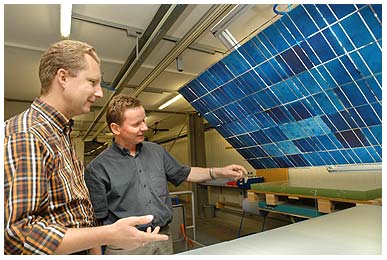
Thomas Rudolph und Ralf Hennigs
Managing Director Ralf Henning (right) and Thomas Rudolph assessing the quality
Foundation of SOLARA Sonnenstromfabrik Wismar GmbH.
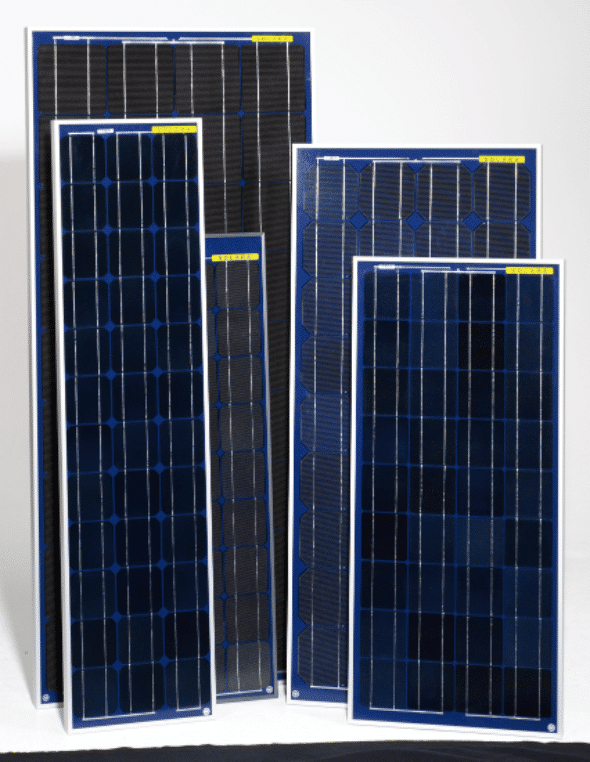
S-Serie
Complete SOLARA S-series
Completion of the SOLARA S-Class module series.
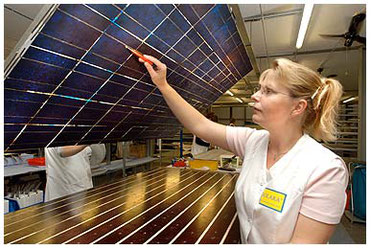
Mitarbeiterin an PV-Anlage
Checking the solar cells and connections before processing (lamination)
TQM (Total Quality Management) introduction in the factory.

Beste Marke des Jahres
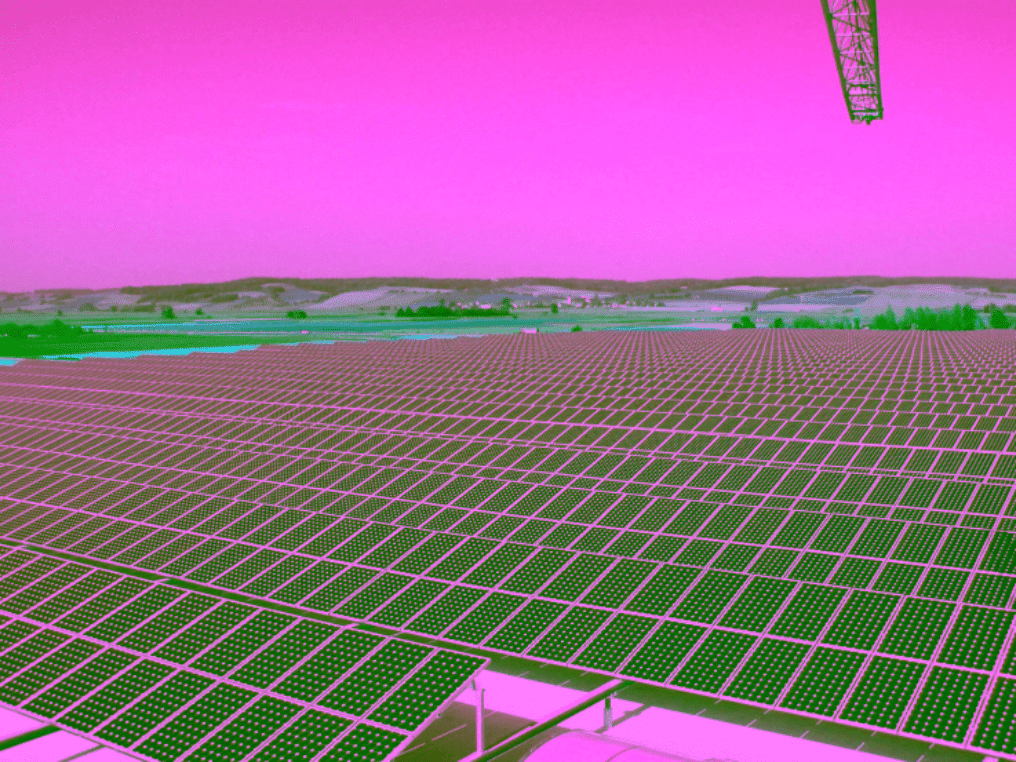
BMW Aufdachanlage
BMW Building, Dingolfing, Bavaria
SOLARA – Best brand of the year. Worldwide largest roof top system, BMW, Bavaria with SOLARA S-series.

TÜV Zertifikat
TÜV certificate
First SOLARA module with TÜV certificate for highest quality.
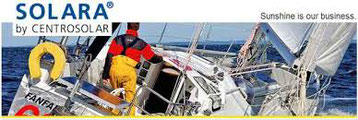
Awarded “Best Brands of the Year 2004” by pro mobil.
Awarded "Best Brands of the Year 2004" by pro mobil.
SOLARA becomes part of Centrosolar Group AG.
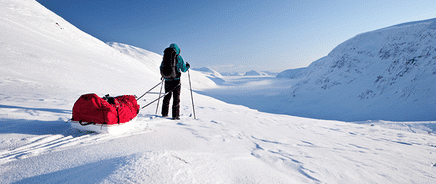
Expedition in der Arktis
SOLARA solar technology to supply power to an expedition in the Arctic
Further internationalisation of SOLARA for independent power supply worldwide.
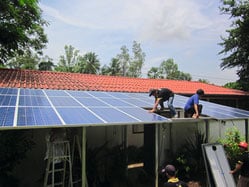
Aufbau der SOLARA Solarstromanlage
Installation of the SOLARA solar power plant
Project German Embassy Vientiane, Laos, Vietnam.
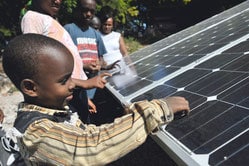
solarenergie-sos-kinderdorf-solara
Children of the SOS Children's Village experience SOLARA solar modules
Project SOS Children’s Village Mombassa, Kenya

Centrosolar Katalog
last SOLARA by Centrosolar catalogue 2012/201
Like many companies, 2013 Centrosolar is also caught up in the maelstrom of the demise of the solar industry for grid-connected solar systems in Germany.
In this situation, SOLARA detached itself from the Centrosolar Group again.

Solara_logo
Solara becomes independent again and presents itself with a new logo.
A complete revision of the Solara solar modules series will follow. The next generation of the M-series and S-series is established on the market.

DCSolar Logo
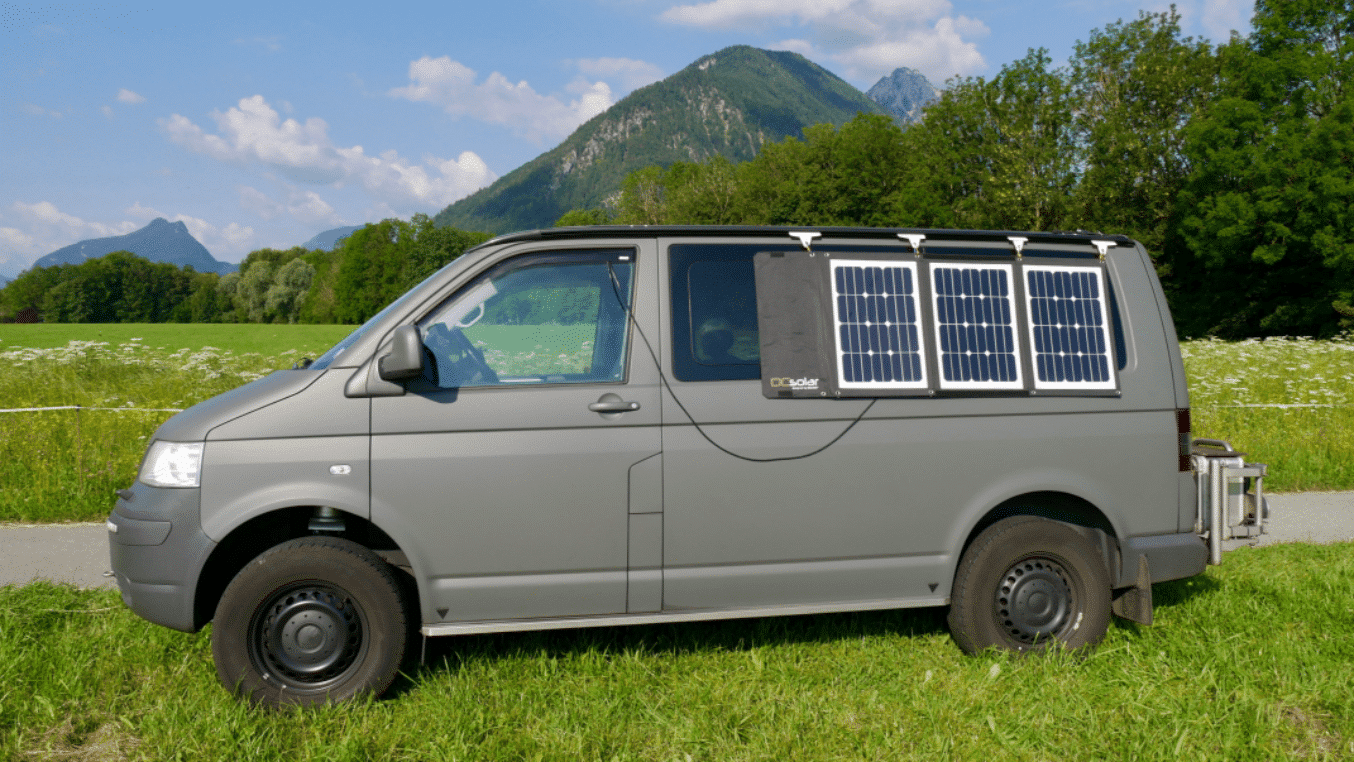
DC Solar in der Praxis
Introduction of DCSolar as a second brand of Solara GmbH.

SOLARA nach 25 Jahren
SOLARA continues to be innovative with the latest technology after 25 years.
Highest quality, reliability and especially long life time have been proven over the last 25 years. Even today, our first customers still enjoy SOLARA’s solar technology.
SOLARA now has the largest selection of different solar modules since it was founded 25 years ago.
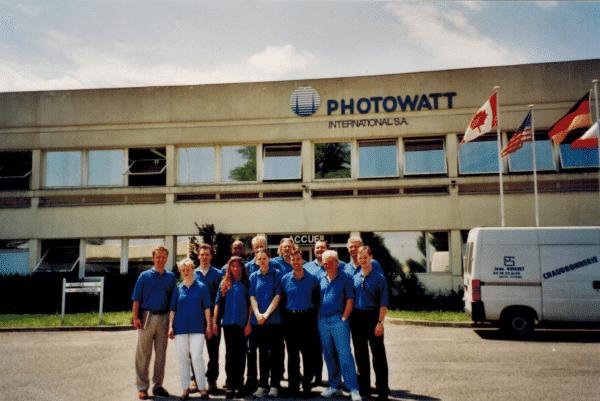
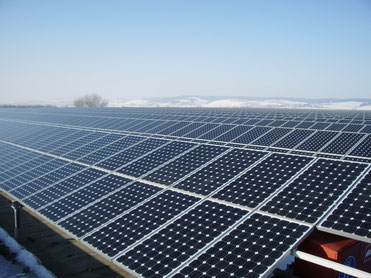 The production was constantly expanded and finalized in 2008 in a building with 20,000 square meters and a capacity of several hundred megawatts and over 200 employees in Wismar, on the coast of Mecklenburg-Vorpommern.
The production was constantly expanded and finalized in 2008 in a building with 20,000 square meters and a capacity of several hundred megawatts and over 200 employees in Wismar, on the coast of Mecklenburg-Vorpommern.